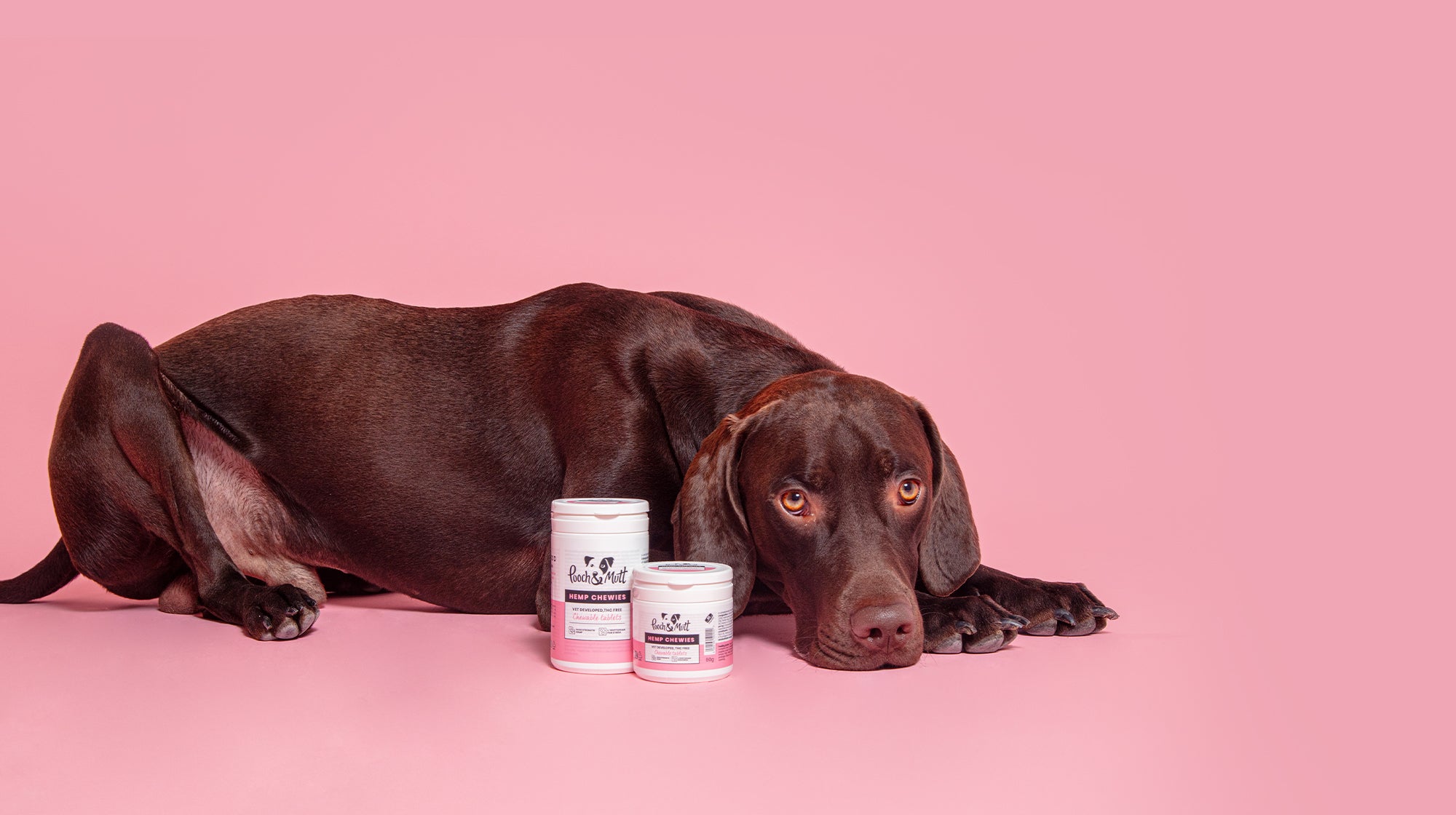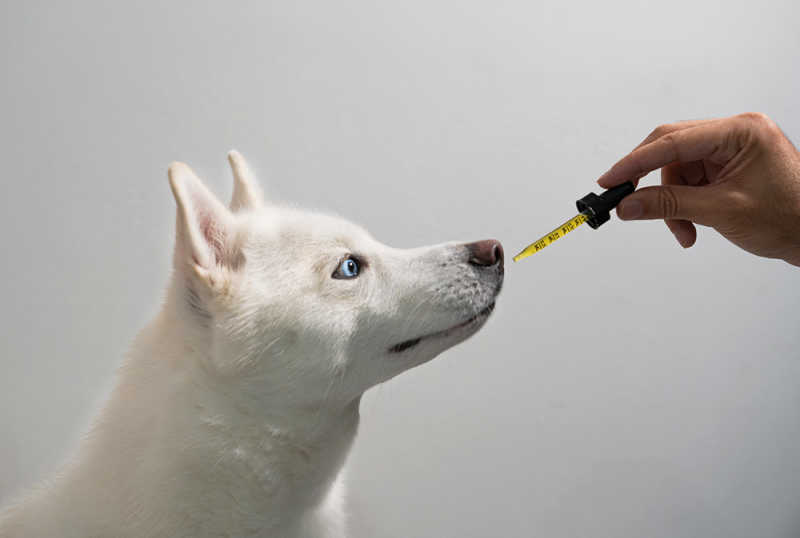
A happy dog is a joy to be around — tail wagging, eyes bright, and ready to play. But when stress or anxiety takes over, even the most cheerful pup can become withdrawn, restless, or reactive. Whether it’s loud noises, separation from their favorite human, or a trip to the vet, anxiety affects many dogs more than we realize. One simple yet effective tool that can make a real difference? Calming dog treats, a tasty and natural way to help your pet feel more at ease while encouraging better behavior.
Why Mood and Behavior Matter
Your dog’s mood has a direct impact on how they behave. A relaxed, confident dog is more likely to follow commands, engage positively with others, and enjoy daily activities. On the other hand, a stressed or anxious dog may bark excessively, chew destructively, or avoid interactions. Addressing the root causes of stress not only improves your pet’s emotional well-being but also fosters a safer and more harmonious home environment.
The Role of Calming Treats in Stress Relief
Unlike medications that sedate your pet, calming treats use gentle, dog-safe ingredients to help regulate mood and reduce tension naturally. They work by supporting the nervous system and encouraging the release of calming brain chemicals. Ingredients like chamomile, valerian root, L-theanine, passionflower, and hemp-derived compounds are common because they promote relaxation without dulling your dog’s personality.
Benefits Beyond Relaxation
When used correctly, calming treats can do more than ease anxiety:
- Improve focus – A calm mind is better able to concentrate during training sessions.
- Encourage social interaction – Dogs that feel secure are more open to meeting new people and animals.
- Reduce destructive habits – Lower stress often means less chewing, digging, or pacing.
- Support better rest – A relaxed dog sleeps more soundly and wakes up refreshed.
- Strengthen the bond – A happier dog is more trusting, which deepens your connection.
When to Offer Calming Dog Treats
The right timing can enhance their effectiveness. Consider giving them:
- Before events that typically stress your dog, like thunderstorms or fireworks
- Prior to vet visits or grooming appointments
- When traveling by car or plane
- During periods of separation if your dog struggles with being alone
- In preparation for meeting new people or animals
For most products, offering the treat 30–60 minutes before the stressful event works best.
Choosing the Best Calming Treat for Your Pet
Not all products are created equal, so here’s what to keep in mind:
- Ingredient quality – Opt for natural, non-GMO, and filler-free options.
- Flavor appeal – Pick a taste your dog genuinely enjoys for easy administration.
- Clear dosing instructions – Follow serving sizes based on your dog’s weight.
- Brand transparency – Look for companies that provide full ingredient lists and testing results.
- Extra health benefits – Some calming treats also support joint health, digestion, or skin condition.
Safety Tips and Best Practices
While calming treats are generally safe, they work best when combined with good care practices:
- Start with the recommended serving size and watch for any changes in behavior.
- Introduce gradually to avoid digestive upset.
- Use as part of a broader anxiety management plan, including training, exercise, and mental stimulation.
- Store in a cool, dry place to maintain freshness and potency.
Real-Life Example: How Milo Found His Balance
Milo, a playful border collie, loved running and playing — but fireworks turned him into a trembling, anxious mess. His owner tried comforting him and using background noise, but nothing fully worked. After introducing a chamomile and L-theanine-based calming treat, Milo began showing noticeable improvement. Now, during fireworks, he sits calmly beside his owner, still alert but no longer panicked.
Combining Treats with Other Calming Strategies
Even the best calming dog treats are most effective when paired with other supportive approaches. Daily exercise, mental enrichment games, predictable routines, and a safe retreat space all contribute to a more relaxed and well-adjusted dog. Over time, this combination can reduce dependency on treats and create lasting behavior changes.
Final Thoughts
Your dog’s happiness and behavior are closely linked to how secure and relaxed they feel. By incorporating calming dog treats into their routine, you can help ease anxiety, encourage positive interactions, and support better training outcomes. Combined with patience, love, and a consistent care plan, these treats can be a game-changer in improving both your dog’s mood and your shared life together.











